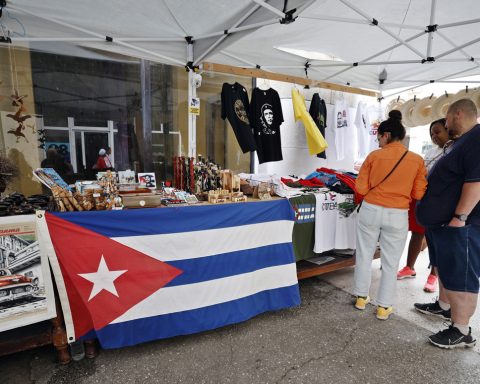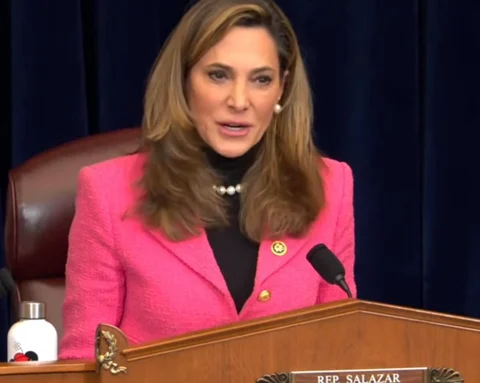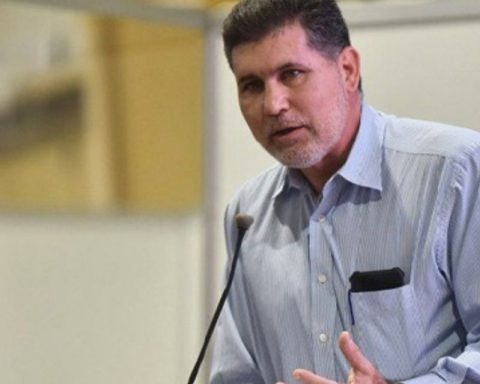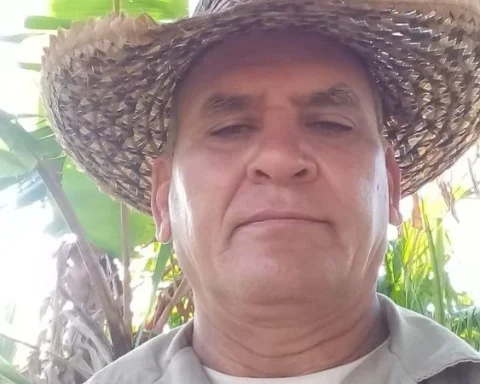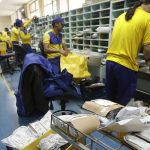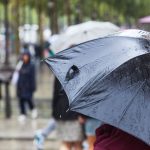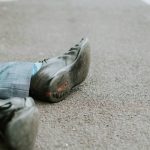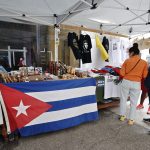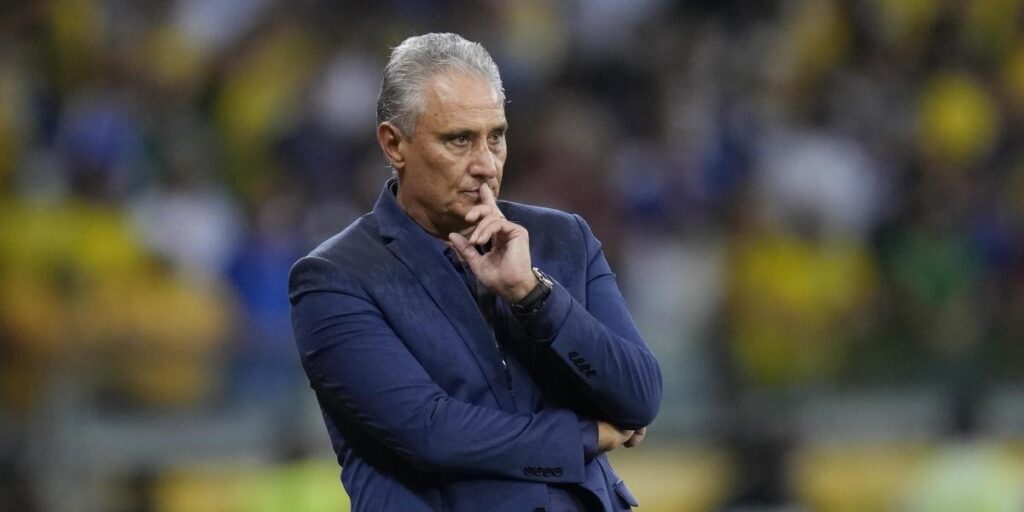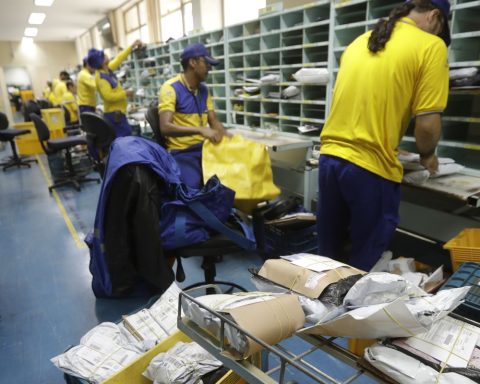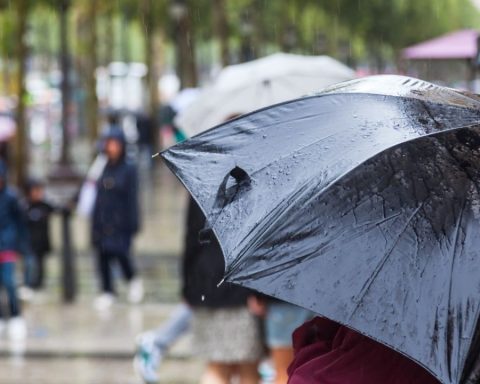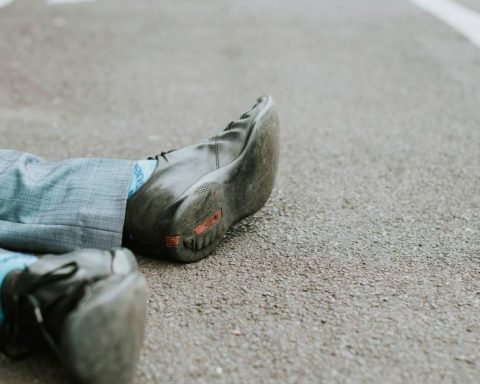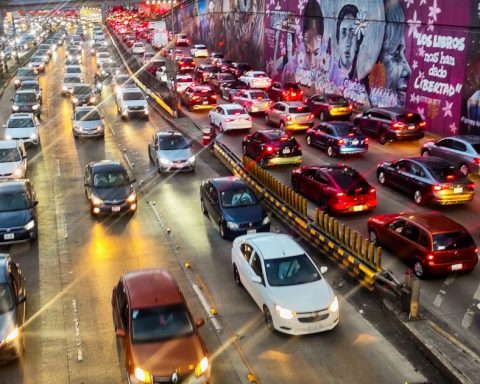From financial persecution to curbing access to medical supplies, the US government used Covid-19 as an ally to tighten the blockade against Cuba.
Six decades after the institutionalization of the fence, this set of unilateral coercive measures during the period of confrontation with the SARS-CoV-2 coronavirus included new methods, some of them unprecedented, that took the magnitude of the economic war to a qualitatively more aggressive level.
Read: Cuba at the UN: Like the virus, the blockade suffocates and kills, and it must stop!
Of the 243 measures used in the last five years against Cuba, only in 2020 – the stage of the highest pandemic peak in the country – 55 were applied, none of them alleviated by the current administration of Joe Biden, despite the fact that it was one of his campaign promises.
Historical bet against the Revolution
On February 3, 1962, President John F. Kennedy signed executive order 3447, with which he formalized the economic, financial and commercial blockade against Cuba. It was a formal act because since 1959, when the Cuban Revolution triumphed, aggressive actions had been applied against the island.
Since the document was signed, successive US governments have maintained their commitment to the economic collapse of Cuba through the strict application of the blockade, in accordance with the objectives set by then Undersecretary of State Lester D. Mallory as early as the April 6, 1960.
The intended purpose was to provoke disappointment and discouragement through economic dissatisfaction and hardship in order to reduce nominal and real wages, and cause hunger, despair and the overthrow of the government.
Currently, the blockade is based on a complex legal labyrinth characterized by its extraterritoriality and the contradiction of violating the rights of US citizens themselves.
Likewise, it contravenes principles of international law and the Charter of the United Nations, and is the main violation of the human rights of Cubans.
This set of punitive measures is the most complex, prolonged and inhumane act of economic warfare committed against any country and seeks through pressure to isolate Cuba and punish those who establish any link with the country.
Successively it has been condemned in the General Assembly of the UN, and in the United States the public and political opposition grows.
The blockade. another virus that suffocates
Currently, the Antillean nation exhibits one of the highest vaccination rates in the world, supported by the development of its own immunogens.
However, during this stage the country was unable to access more than thirty pieces of equipment and supplies related to the production of its vaccine candidates against Covid-19 due to obstacles to access to technologies with more than 10 percent components. Americans.
The clause was reinforced with the increase in financial persecution of bank transactions from Cuba, which made it impossible to pay input suppliers as well as the execution of donations for these purposes.
That is the reason behind the refusal of companies such as Sartorious, Merck and Cytiva to continue their relations with the island as regular suppliers of laboratory material, reagents and supplies, which forced them to resort to intermediaries with a price increase of 50%. at 65 percent.
The shortage was also felt in the production of medicines and other supplies included in the Cuban protocol to confront Covid-19, despite which the country developed several compounds with proven effectiveness in caring for patients infected with SARS- CoV-2, including Itolizumab, which also obtained emergency use authorization in India.
The Cuban battle against Covid-19 had another serious setback due to the blockade when the Caribbean nation took steps to increase the availability of mechanical ventilation equipment, considered essential for the treatment of seriously ill patients due to the disease.
In 2019, the island spent months trying to buy equipment from a European company, but the license it had to have to carry out the business expired and the purchase could not be made.
Something similar happened with two entities from the old continent that were acquired by the US company Vyaire Medical Inc. and had to suspend their commercial relationship with Havana due to the restrictions of the US government.
When in April 2020 a donation from China promised to arrive with several of these ventilators, the US company that was going to carry out the transportation refused, hiding behind the Helms-Burton law.
It was not an isolated episode, that year the Department of Transportation denied, at the direction of the State Department, a request from the airlines IBC Airways, Inc. and Skyway Enterprises Inc. to operate flights to Cuba with humanitarian cargo.
This further hampered Cuban access to international logistics chains, which were already experiencing complications from the pandemic.
In response to this situation, Cuba developed five models of pulmonary ventilators with the participation of several electronic companies, the Center for Neurosciences and the Scientific-Technological Park of Havana.
As evidence of the effectiveness of these innovations, at the end of January 23, 2022, the largest of the Antilles registered a fatality rate of 0.82 percent and 97.5 percent of the total infected (more than one million) they had already recovered.
Against unconventional warfare
These openly harmful actions were combined with strategies typical of unconventional warfare and the increase in punitive measures whose main objective was the family economy of Cubans.
While thousands of health professionals on the island supported the fight against the pandemic in other countries, mainly in the developing world, US communication laboratories developed an international discrediting operation that even sought to prevent other nations from accessing Cuban treatments and medicines.
On the media scene, campaigns were encouraged calling for violence in the streets and denigrating the health system when the days with the highest number of infections passed.
This stage coincided with the implementation of unilateral coercive measures that sought at all costs to cut off the entry of foreign currency into the country and limit the government’s management capacity to face the health and economic crisis.
These were the months in which the main channels for processing remittances were eliminated, the family reunification program was suspended and consular services in Havana ceased, in addition to the fact that flights between the two countries were limited.
By then, Cuba had been included in the spurious List of State Sponsors of Terrorism, which is carried out unilaterally by the United States but has profound implications for the island’s trade and finances.
Cuba turned to its scientific capital to reduce deaths and protect collective health, but it also had to develop strategies to overcome additional obstacles derived from the US blockade, another suffocating virus, against which the Revolution also found a vaccine: solidarity.

*Journalist of the National Newsroom of Prensa Latina
